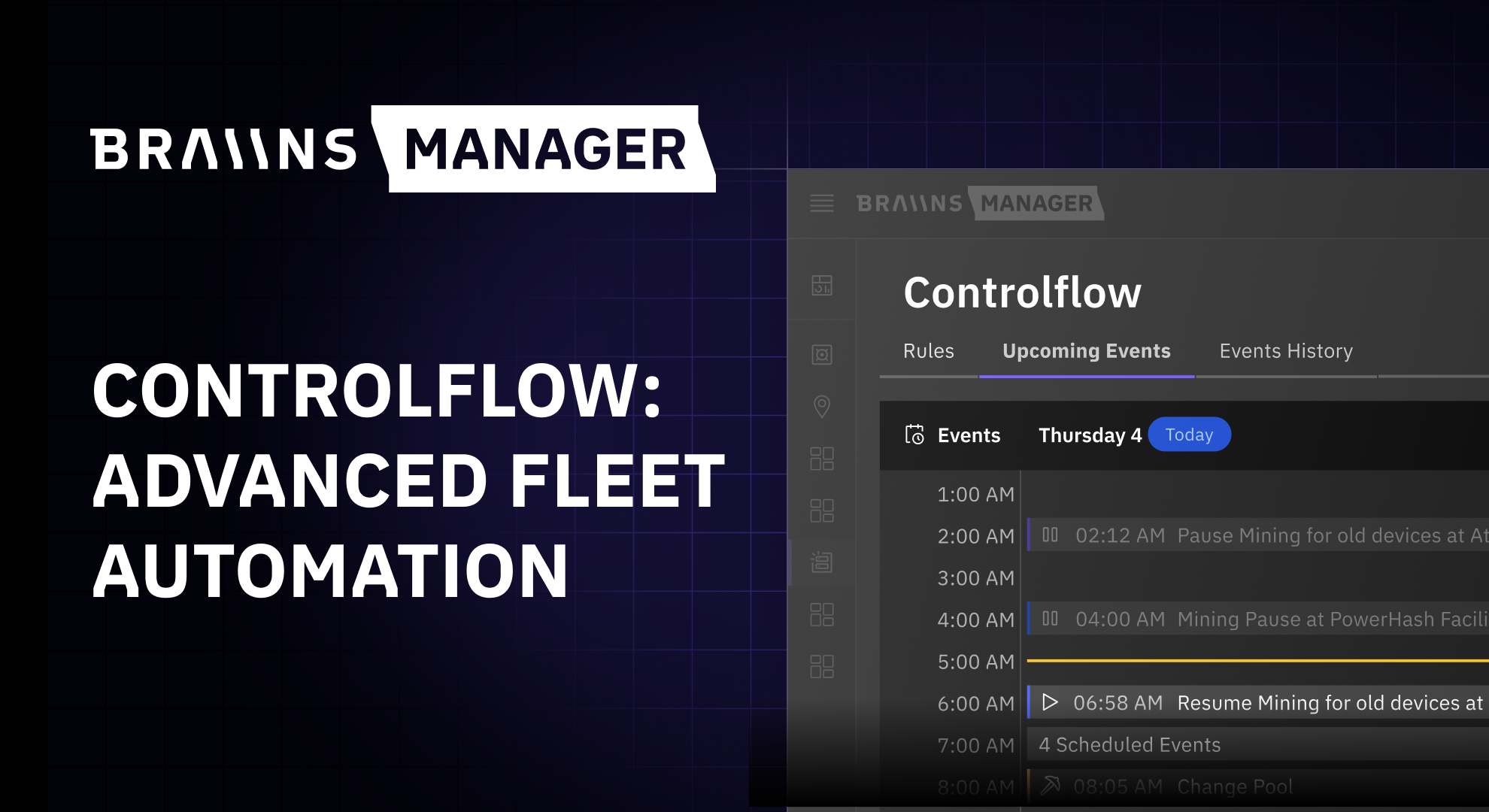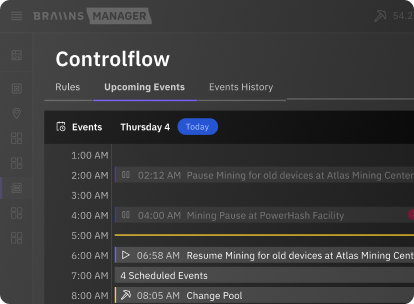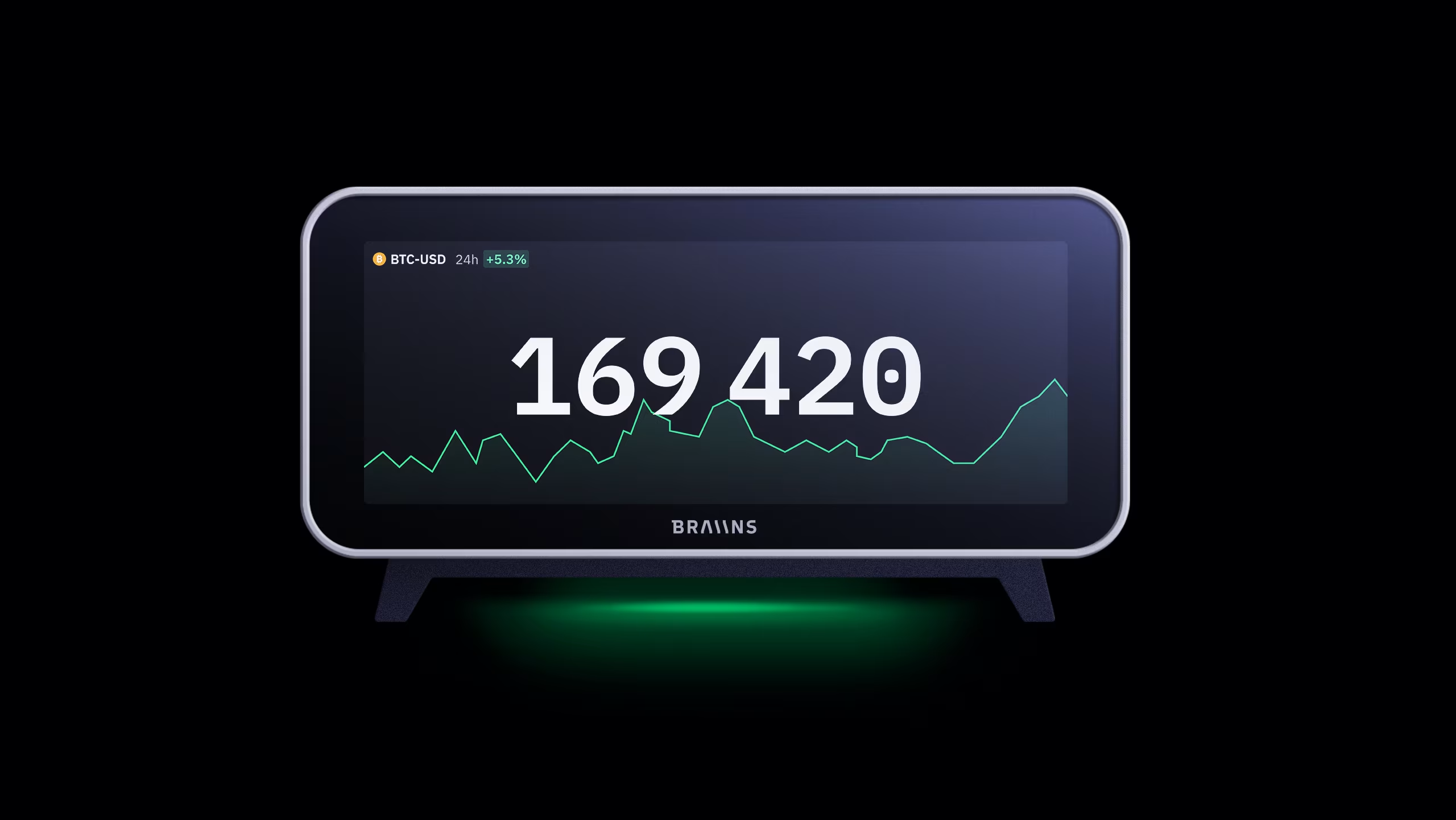Bitcoin Nodes vs. Miners: Demystified
Published
14.5.2021
What’s the difference between nodes and miners? Understand their roles in securing the bitcoin network.

Table of Contents
Bitcoin is a complex system that can be hard to fully grasp. This has led many people over the years to dismiss it as just a fad or even a ponzi scheme, rather than recognizing the ingenuity of its design or the greater societal benefits of its continued development and adoption.
One of the simplest ways to understand all the roles and responsibilities of Bitcoin network participants is to follow a transaction from start to finish. By doing so, one can better see the key differences between Bitcoin nodes and miners.
Settlement: Transacting with Bitcoin vs. Fiat Cash or Credit
In the traditional finance world, users send funds from their bank account to merchants for a good or service. This process is generally conducted with a card, app, check, or cash. In the cash example, there is immediate clearing and settlement; once cash is given to the merchant, the transaction is final and irreversible. However, it’s no secret that cash is becoming more and more rare as credit cards and mobile payments are gaining popularity worldwide.
With modern payment methods (such as credit cards), there is a lot going on behind the scenes to ensure final settlement. These transactions are facilitated using a few centralized third parties such as banks or payment processors to check that the user has adequate funds available and there is no fraud taking place. These complexities are hidden from the user to ensure a quick and easy experience.

The Bitcoin network works in a similar way, where the complexities of facilitating bitcoin transactions are somewhat hidden from the typical user. However, in this system, it’s the distributed network of bitcoin node operators and miners that are facilitating the checks on behalf of the user rather than centralized 3rd parties. Miners and nodes form the backbone of the Bitcoin network. Collectively, they are incentivized to facilitate transactions, enforce the network rules, and distribute the 21 million bitcoins.
A major difference between these traditional financial systems and bitcoin is that anybody can become a node operator or miner without permission from anybody else. This enables the Bitcoin network to be truly decentralized and difficult, if not impossible to shutdown.
To understand more about what miners and nodes actually do, we will walk through a standard bitcoin transaction.
How Miners and Nodes Handle Bitcoin Transactions
As a user of the Bitcoin network, you primarily want to transact by sending and receiving bitcoin. When a user sends a transaction, it is propagated through the network via gossip protocol. Basically, the transaction is passed to a few nodes who check that it is valid before passing it to more nodes, continuing until all nodes connected to the network are aware of the pending transaction.

Nodes hold a full copy of the Bitcoin blockchain, which is a universal ledger system. It contains the complete transaction history of all previous bitcoin transactions. By referencing the blockchain, nodes ensure that the sender of a transaction is not spending the same BTC twice and didn’t create it out of thin air.
Once nodes validate a transaction, it’s shown in a “pending” state until a specialized node, known as a miner, or a collective of miners (mining pool), picks up the transaction. Bitcoin miners are located all over the world and compete to confirm the pending transactions. Going from a “pending” to “confirmed” state means that the transaction has been added to the universal ledger system (blockchain) and enables the recipient of the bitcoin transaction to send it to another user.
The process of mining transactions falls outside the scope of this article, but is very simply explained in our previous article, “Bitcoin Mining is NOT Solving Complex Math Problems [Beginner's Guide]”.
Instead of confirming transactions one by one, miners will batch pending transactions into what are known as blocks. The confirmed block is propagated across the entire network back to all nodes to ensure the block is valid and adheres to the rules of the network. Once validated, the nodes add the block to the previous blocks, thus creating a blockchain.
At this point, the entire network has witnessed this transaction being sent by the user, validated by each node, and confirmed by the miner. Final settlement is achieved and funds are irreversibly passed from the sender to the receiver. This process, relying on thousands of volunteer nodes and competing miners distributed across the world, is repeated for each and every transaction.

Running through this simple transaction example, you can start to see how nodes and miners differ from each other. They both play crucial roles to the network, and have their own checks and balances to ensure decentralization. Now let's dive a little deeper into the roles of each.
What Do Bitcoin Miners Do?
Miners, simply put, have 3 roles.
- Confirm transactions
- Secure the blockchain
- Participate in the fair distribution of new bitcoins
Mining bitcoin is a costly endeavor, requiring specialized hardware and using significant amounts of electricity. On top of those economic factors, bitcoin mining also requires significant expertise and entails a lot of risk (unlike operating a node). For example, miners can lose millions of dollars overnight due to extreme weather, floods, fires, and more.
To incentivize people to spend resources and take on long-term risk, the Bitcoin network provides miners with the opportunity to earn revenue. Every transaction includes a transaction fee and every block contains a subsidy of newly issued bitcoins, both of which are paid to whichever miner adds the given block of transactions to the blockchain.
Because miners must compete and spend resources to earn newly issued coins, bitcoin is more similar to gold and other commodities than to fiat currencies with unlimited supplies. This unavoidable cost to mine bitcoin is a critical part of its value proposition, as it makes for a relatively fair distribution of newly issued coins and it results in bitcoin being extremely difficult to attack. Nodes play an important role in this as well (as we will describe in the next section).
Currently, about 18.6 million bitcoin have already been distributed to miners through the block subsidy, and this will continue until all 21 million bitcoins are distributed around the year 2140. At that point, miners will solely earn transaction fees for confirming transactions and securing the network. However, miners are not all-powerful, but rather they are more like paid servants of the network. Ultimately, miners must play by the rules enforced by nodes in order to be rewarded with bitcoins. Nodes, on the other hand, are the true rulers of the network.
How Bitcoin Nodes Keep Miners in Check
Unlike mining, running a bitcoin node is not very costly (it’s typically in the $150-400 range). However, nodes are equally if not more important than miners in achieving decentralization. The roles of nodes are to:
- Validate transactions
- Keep a historic record of transactions
- Dictate and enforce the rules of the network.
In simple terms, nodes ensure that everybody — from miners to users and other nodes — plays by the rules. This can be done out of self-interest. Each user, wallet, company, mining pool, and exchange that runs a node is doing so in part to ensure they are not being cheated. Everyone running a node carries a copy of the blockchain and is responsible for maintaining and updating their copy.
As transactions are propagated and confirmed, node operators are validating that these transactions meet the rules of the network. If a user receives a transaction that creates 1,000,000 bitcoin out of thin air, the user (and all other nodes on the network) will reject the transaction. If any invalid transaction somehow makes it into a block, all the nodes will reject the entire block and wait for another to be mined which doesn’t contain any invalid transactions.
Bitcoin is based on consensus. All nodes are in agreement to the rules of the network and the state of the blockchain, and will ignore anybody who is misaligned.
While there is no direct revenue to be earned by running a node, it is important to run one to ensure you're interacting with the network safely and securely. A node can be installed on any computer with enough storage capacity. A popular approach is to buy $150-$200 worth of components and run a dedicated node on a raspberry pi. In doing so you can truly be your own bank by running and auditing the Bitcoin network.
You Don’t Need Anybody’s Permission
As you’ve learned, there are similarities between traditional fiat transactions and bitcoin transactions. Both share a complex underlying settlement system that is hidden from the average user.
However, a major difference is the open participation and transparency of said settlement system. Anyone can become a bitcoin node operator or miner without needing permission from anybody else. This completely changes the way commerce can be conducted globally because it eliminates the need to trust or cede control of funds to 3rd party intermediaries.
No one miner or node can control the network. They each put checks and balances on each other to ensure no one cheats the system. A monetary network that is open and permissionless for anyone and everyone to participate can be the backbone of the most resilient, accessible, and inclusive financial system in the world.
This is the power of open networks. This is why millions of people around the world have already voluntarily joined the network.
Whether you choose to run your own full node or become a miner, you’re taking part in the open and inclusive Bitcoin revolution. A revolution getting stronger and more unstoppable with each new participant in it.
Categories
Be the first to know!
Read Privacy Policy.
Most Recent Articles
.png)
The Best Bitcoin Conferences & Events of 2026
29.12.2025

Introducing Controlflow: Advanced Automation in Braiins Manager
9.12.2025



